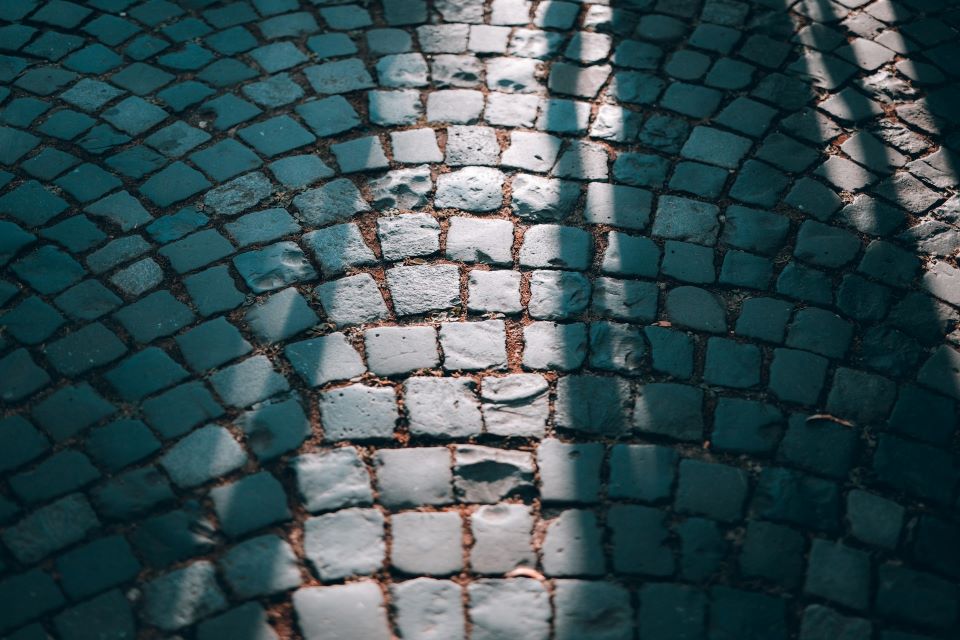Granite setts are stones used for paving roads, pavements, and outdoor spaces. They have been used for centuries and give a classic, high-quality look to any area.
In this guide is everything you need to know about granite setts.
History of Granite Setts
Granite setts have been used since the 18th century for paving roads and walkways. Granite is one of the hardest stones, so it made for durable paving and road materials. The setts were hand-cut and shaped, then tightly placed together and filled in with sand. This allowed for the beautiful patterns and lines we associate with granite setts. They were especially popular for paving city streets that saw a lot of traffic and wear. Many historic areas of cities still feature original granite sett paving.
Benefits of Granite Setts
There are many benefits to using granite setts:
- Durability: Granite is an extremely hard rock that can withstand weathering and damage. Setts can last for decades with minimal wear. They do not break down or become damaged easily under pressure or weather.
- Aesthetic appeal: The stone shapes, cuts, and natural variations in the granite create an attractive textured surface. The setts can be placed in intricate patterns for an artistic, custom look.
- Permeability: The spaces between the setts allow for water to filter through, which helps prevent flooding and allows water to reach tree roots and surrounding soil. The gaps also prevent the surface from becoming too slippery when wet.
- Easy to repair: If a sett does become damaged, it is easy to remove and replace a single stone. The remaining setts remain intact, so repair is simple and cost-effective.
Types of Granite Setts
The two most common types of granite setts are cobblestones and cubes.
- Cobblestones: Naturally rounded stones that create an organic feel. They are more loosely placed with larger gaps between stones. Popular for walkways and accents.
- Cubes: Evenly squared stones with a tight fit. Used for most granite sett roads and driveways. The cubes lock together closely for stability. Cubes provide a neat, orderly look compared to cobblestones.
Cost of Granite Setts
The cost of granite setts depends on the type and size of stone, as well as your location and the installer. On average, you can expect to pay:
- £10-30 per square foot for materials
- £10-20 per square foot for installation
- Total cost of £20-50 per square foot for a finished granite sett surface.
For a standard 10×10 foot space, you would pay between £2,000 to £5,000 total for professional installation of granite setts. The exact price will depend on your specific project size and details. Granite setts are a premium paving option, but their longevity helps offset initial costs. They also add value to properties.
Maintenance of Granite Setts
Granite setts require little ongoing maintenance thanks to the durability of the stone. Best practices include:
- Clear debris like fallen leaves regularly using a leaf blower. Remove weeds/moss with a deweeder or pressure washer.
- Re-sand the joints every few years as needed. Joint sand helps stabilize the setts and prevent shifting.
- Seal the setts every 3-5 years to prevent staining and make cleaning easier. Use a sealant specifically intended for natural stone.
- For heavily soiled areas, use a stone-safe detergent and scrub with a stiff brush. Rinse well with water.
- Avoid using harsh chemicals, abrasive cleaners, and salt which can damage the granite.
- Repair any damaged setts as soon as possible to prevent tripping hazards and further deterioration. Remove and replace full setts – do not try to repair only sections of a sett.
